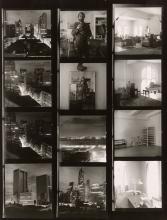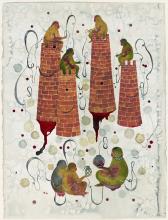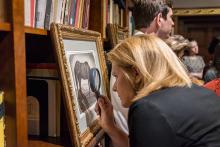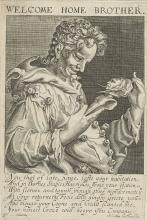Color and Curious Creatures: Fifteenth-Century Block Books at the Morgan, Part II
Submitted by Thaw Conservati... on Fri, 08/21/2020 - 11:52pmAn earlier post discussed some of the traditional colors that appear in the Morgan’s block books. In most cases, the hand-applied colors are typical of the dyes and pigments seen in the Middle Ages and Renaissance. However, a few unexpected pigments were discovered during the study of these fifteenth-century books, enabling a better understanding of how some of them were changed over the centuries.










